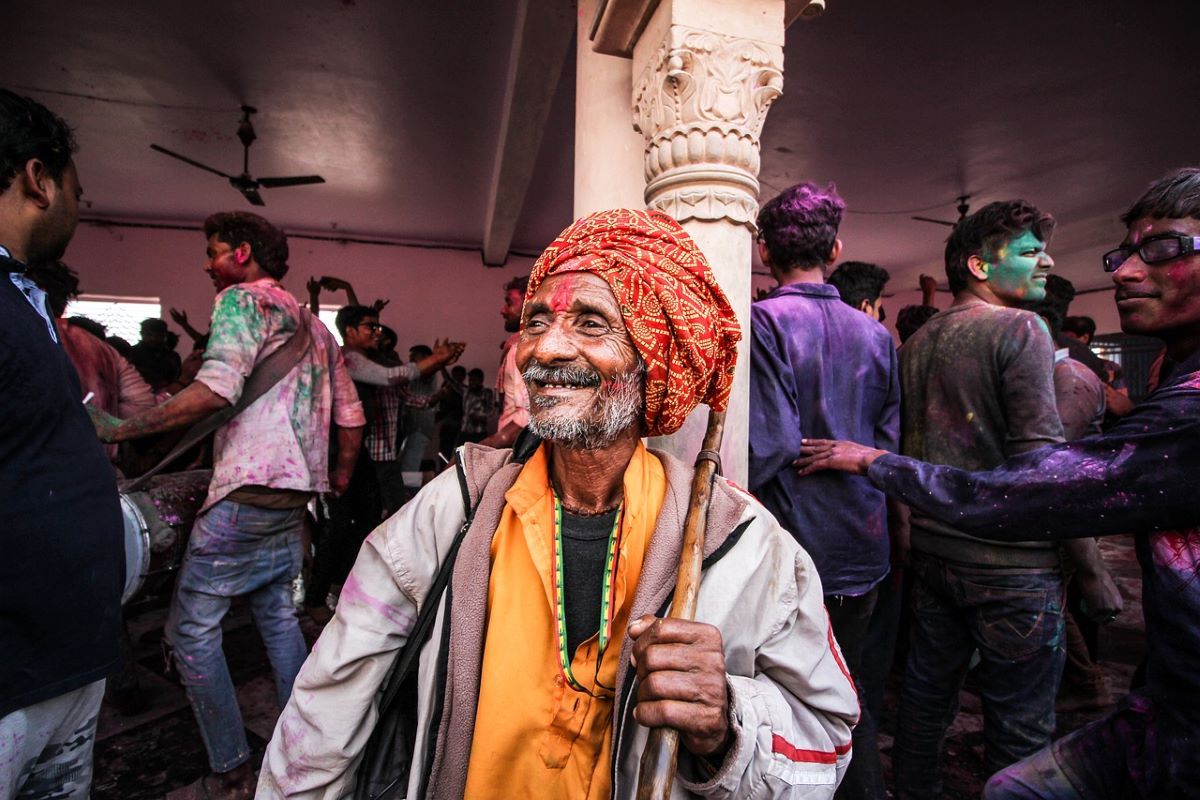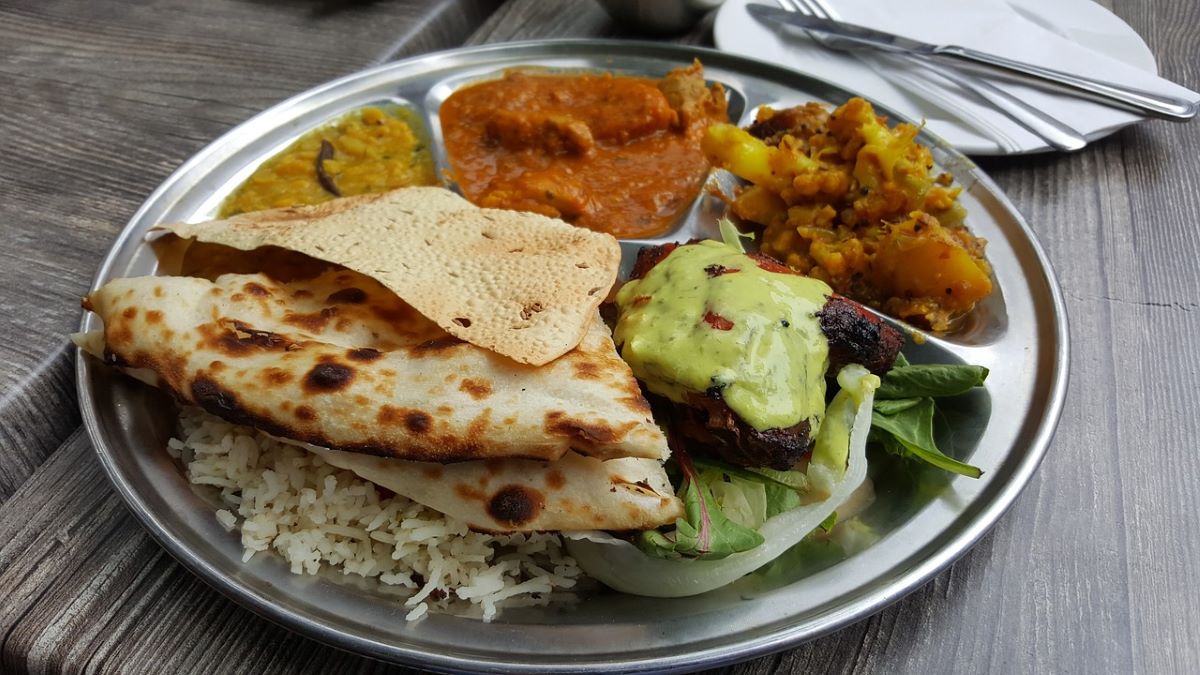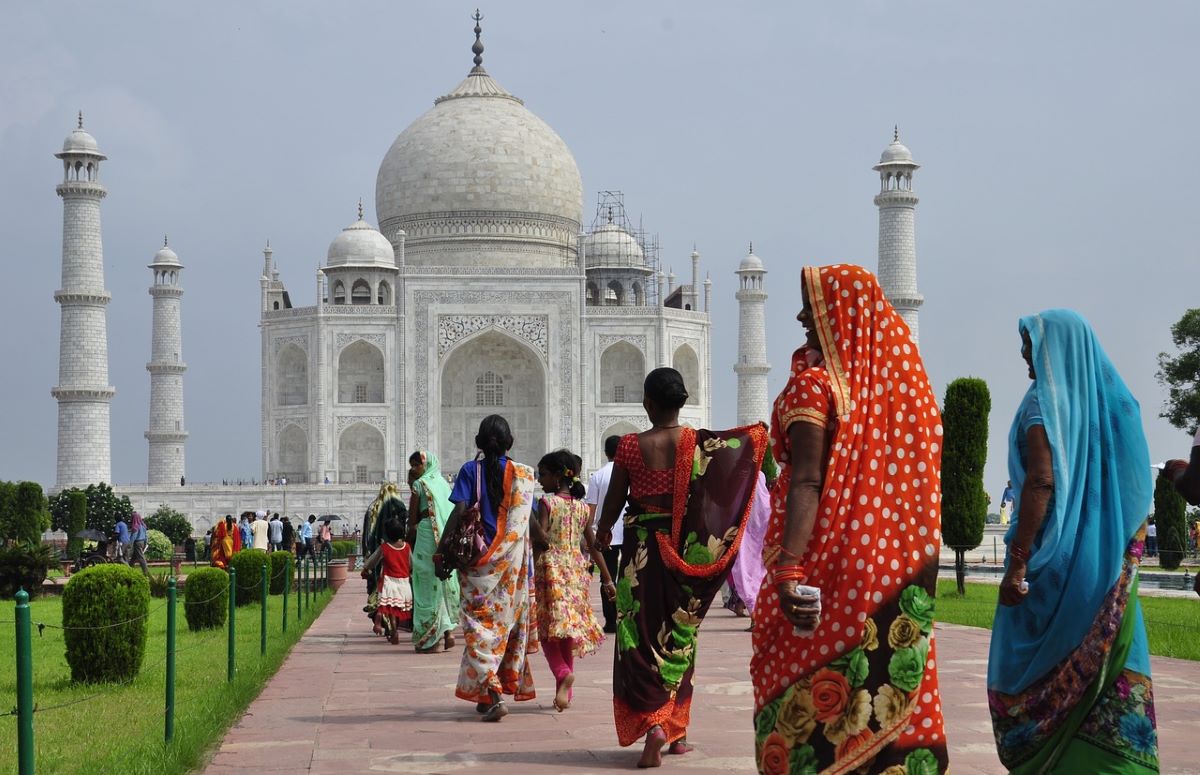
Image | Pixabay
In today's society, the concept of stereotype is gaining more and more importance. We live surrounded by them, they are repeated or criticized because of their connection with prejudices. It is one of the most controversial issues that are permanently under review.
Traveling is the best medicine against stereotypes and prejudices. It opens our minds in a thousand ways and makes us mature to understand the world and, in general, many things in life.
All countries have stereotypes. For example, in England the food is very bad, that in France they are very proud or that in Spain everyone knows how to dance flamenco. The same thing happens in distant countries like India. But, What are the most common stereotypes about India?
What is a stereotype?
According to the RAE (Royal Spanish Academy) a stereotype is "an image or idea commonly accepted by a group or society with an immutable character." That is, a generalized perception of what someone might believe about a group of people with characteristics, qualities or behaviors. These stereotypes are socially constructed and give an idea of the character or customs of a place.
What are the stereotypes about India?

Image | Pixabay
Always take precautions with Indian food
Indian food is delicious! However, you have probably heard on many occasions, that When you travel to the country you should be careful because you can feel bad if you eat in street stalls. In reality, this is something that can happen anywhere if we buy food in places with questionable hygiene or if we drink non-bottled water.
With minimal guidelines, you can enjoy Indian cuisine without suffering the well-known traveler's gastroenteritis or suffering from a few tenths of fever. No need to obsess!
On the other hand there is a stereotype that all Indian food is spicy. Many people do not like or hesitate to try Indian food because they believe that all dishes are super spicy and it will give them a stomach ache as they are not used to it, but nothing is further from the truth.
This is a cliché because not all Indian food is spicy. In fact, there are dishes that are not such as Dal Makhani, a lentil soup flavored with fresh coriander. Or the korma sauce, a type of mild curry made from nuts and cream. We cannot forget either the raita sauce, made with cucumber and yogurt that will refresh any dish.
Indians are snake charmers
Many people believe that Indians are snake charmers. However, the reality is that the practice of charming snakes is not legal in some places and therefore prohibited in India, even though some snake charmers still exist today.

Image | Pixabay
Indians are poor, but happy
When the film Slumdog Millionaire was released, the poverty reflected in the slums where the action took place had a great impact on the way India was perceived in the rest of the world. Many travelers are surprised to see the poverty situation in which many people live in India, facing the difficulties of the day to day with a smile. But contrary to popular belief, not the whole country is poor.
Some of the richest people on the planet live in India and in recent times a thriving middle class is emerging due to educational and employment improvements. More and more people are escaping poverty and reaching a better life.
India is chaotic and neglected
Although there may be areas that are worse equipped and traffic is sometimes chaotic, in India as in all countries there are also areas where parks, luxury hotels and shopping centers, good restaurants and nightclubs abound. fashion for the entertainment of both locals and tourists.
Indians speak Hindi
This stereotype is widespread abroad. Many people mistakenly believe that the word "Hindu" refers to both the religion and the official language of India. However, this is not the case since the language is called Hindi while the practitioners of Hinduism are called Hindus.
On the other hand, Hindi is not the only language in the country as each region has its own language. Many travelers are surprised to discover that there are Indians who do not speak Hindi but it is a reality. In fact, Hindi is not taught in some schools and this is especially the case in South India where languages of Dravidian origin are spoken.
Hindi is a language that is predominantly spoken in North India but for many Indians it is their second language. English, meanwhile, is widely spoken throughout the country.

Image | Pixabay
All Indian women wear saris
The sari is the traditional dress of the women of India and a cultural icon. The word "sari" comes from Sanskrit and means "cloth band" because this costume is made with a seamless piece of cloth that is passed over the head and wraps the woman's body like a tunic.
It is a beautiful, elegant and timeless suit. However, Indian women not only wear saris as they often wear other types of outfits, both formal and casual. For example, for daily use there are women who wear the salwar kameez (composed of loose tunic and pants together with a scarf) especially in North India. Others choose western clothes in the big cities combining both fashions.
All Indians do yoga and say Namaste
Yoga is a practice that connects the breath, the mind and the body through different postures and exercises. The Indians have known its benefits for centuries but in the West it is in recent times when it has become very popular. This is why many foreigners think of India and its culture as a spiritual mecca. However, not all Indians incorporate yoga into their daily life. This is a stereotype.
On the other hand, although the word namaste is an integral part of the country's culture, in large cities currently reserved for formal situations or to interact with older people. Furthermore, it is more common in northern regions where pure Hindi is spoken while it is less common in southern India where Hindi is not the first language.
Cows roam the roads
One of the first images that comes to mind when we think of India is sacred cows. Do they really roam the roads in the cities of India? That's right, this stereotype is true. It won't take you long to spot them taking a walk through any city. They walk calmly in traffic, so drivers must be careful to avoid accidents.
okokokokokokokokokok